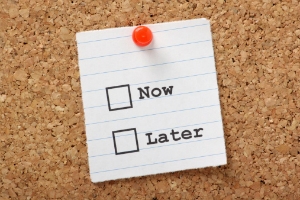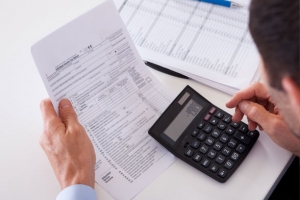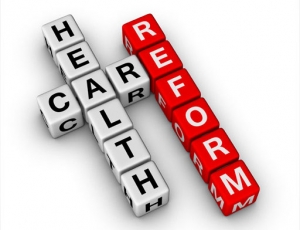Subsidy
July 22nd was quite an eventful day as it relates to the Affordable Care Act (ACA). On the same day, two different U.S. Courts of Appeals came to opposite conclusions as it relates to the ability for federally-facilitated Exchanges to provide subsidies to enrollees.
The U.S. Department of Health and Human Services (HHS) published the 2014 Federal Poverty Levels (FPL) last week. The 2014 FPL guidelines have been raised 1.5% in comparison to the 2013 FPL. The FPL is a measure of income used to determine eligibility for various government programs including healthcare, housing and food stamps. The FPL is also used as part of the Affordable Care Act (ACA) to determine eligibility for subsidies available through the Health Insurance Marketplace, also known as the Exchange.
The Center for Medicare and Medicaid Services (CMS) made a significant announcement on November 19, 2013 that will give insurance companies the ability to verify subsidy eligibility and directly enroll individuals in a subsidized plan without having to direct them to the Federally Facilitated Marketplace (FFM) as part of the process. This announcement appears to be a way to address some of the technical problems and glitches that HealthCare.gov has been plagued with since its launch on October 1, 2013.
Individuals are required to project their income for 2014 to determine the maximum subsidy that may be available to them through a public exchange to help reduce their insurance premiums.
If it turns out that an individual projected their income incorrectly, and the premium subsidy they received was too much, then the individual will have to pay back a portion or the entire subsidy amount when they file their federal income tax return.
By this time most of us are starting to become familiar with the subsidies that are available to eligible individuals that enroll in coverage through the Health Insurance Marketplace, also known as the Exchange. Many of us have also heard the phrase:
“If your household income is within 400% of the Federal Poverty Level you may qualify for a subsidy in the Exchange.”
This seems simple to understand on the surface, but this statement is packed with terms that require further definition. We’ve put together a summary to help you understand some of the key pieces of information within this statement.
The Exchanges are supposed to have verification systems in place to help determine if an enrollee has access to affordable health insurance coverage from their employer. Since the Employer Mandate reporting requirements are being delayed until 2015, the Exchanges won't have this verification system in place next year.
Instead the Exchanges will have to rely on self-reporting for this information in 2014.
Most health insurance professionals have some familiarity about the government subsidies that will be available next year to eligible individuals. These subsidies will reduce insurance premiums and out-of-pocket medical expenses for those that qualify, and will only be available to individuals that enroll in coverage through health insurance marketplaces, also known as the public exchanges.
The U.S. Department of Health and Human Services (HHS) and the Internal Revenue Service (IRS) have jointly issued rules that define affordable coverage. Employers and employees still have several questions about how this affects penalty calculations and subsidy eligibility.
The following offers some insight on these key issues:








